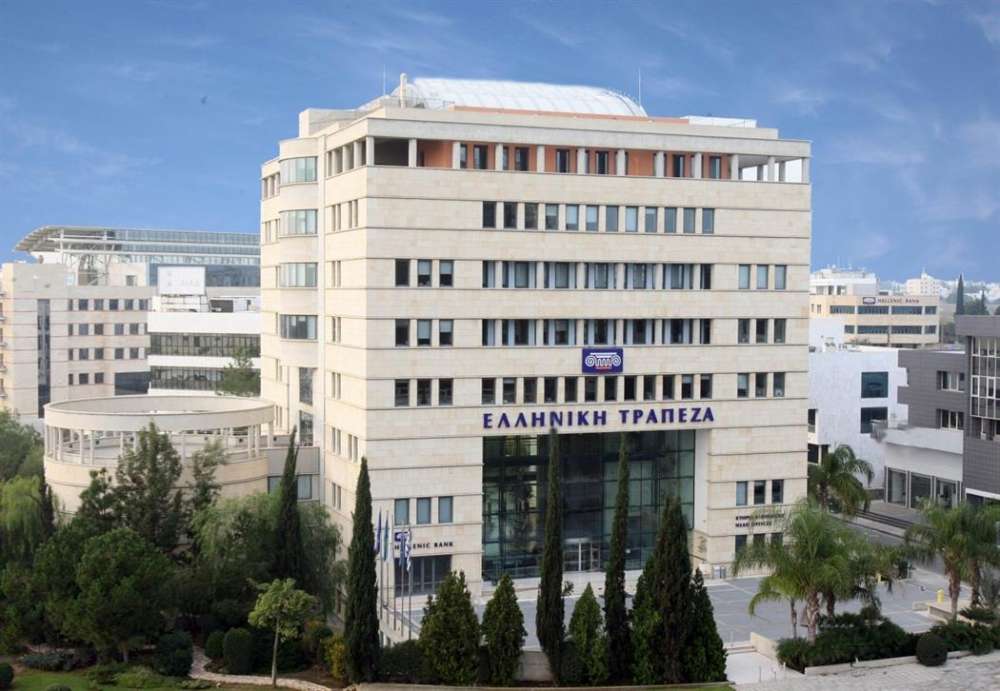Cypriot banks had the fourth highest liquidity coverage ratio (LCR) in the second quarter of 2018, a European Banking Authority (EBA) report published today, shows.
The three Cypriot banks which were included in the report (Hellenic Bank, RCB and Bank of Cyprus) had a liquidity coverage ratio over 200%.
According to the Basel Accord III, banks are required to have a LCR ratio of a minimum 100%.
EU banks’ average LCR was 146%.
Cypriot banks have a high LCR in order to be able to counterbalance the high amount of non-performing loans in their portfolios.
The majority of countries in the E.U. have LCR levels between 100% and 200%.
Some countries such as Bulgaria, Romania and Slovenia, show LCR average levels above 300%. Cyprus, Latvia and Lithuania show ratios above 200%, while Greece shows LCR average levels below 100%.

According to investopedia.com, the liquidity coverage ratio (LCR) refers to the share of sufficient high-quality liquid assets held by financial institutions to cover their total net cash outflows over 30 days.
This ratio is essentially a generic stress test that aims to anticipate market-wide shocks and make sure that financial institutions possess suitable capital preservation, to ride out any short-term liquidity disruptions, that may plague the market.






